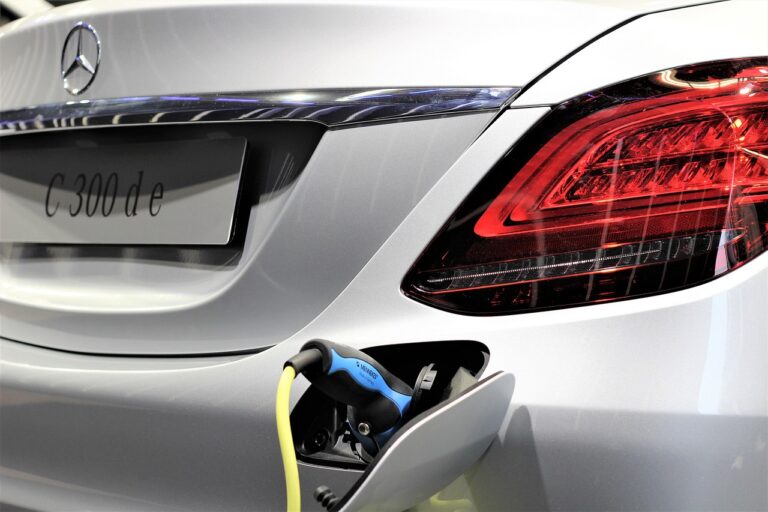Assessing the Impact of Autonomous Vehicles on Public Transportation Infrastructure: Betbhai99, Radhe exchange download apk, 99 exchange login
betbhai99, radhe exchange download apk, 99 exchange login: Assessing the Impact of Autonomous Vehicles on Public Transportation Infrastructure
The emergence of autonomous vehicles has sparked significant debate about their potential impact on public transportation infrastructure. With the promise of increased safety, improved efficiency, and reduced traffic congestion, autonomous vehicles have the potential to revolutionize the way we commute. However, many questions remain about how these cutting-edge technologies will integrate with our existing public transportation systems.
In this article, we will delve into the various ways in which autonomous vehicles could impact public transportation infrastructure and explore the challenges and opportunities that arise from their widespread adoption.
The Rise of Autonomous Vehicles
Before we can assess the impact of autonomous vehicles on public transportation infrastructure, it is essential to understand the current state of this rapidly evolving technology. Autonomous vehicles, also known as self-driving cars, are equipped with sensors, cameras, and artificial intelligence algorithms that allow them to navigate roads without human intervention.
Companies like Tesla, Waymo, and Uber are at the forefront of developing autonomous vehicle technology, with many other automakers and tech companies quickly following suit. While fully autonomous vehicles are not yet widely available to the public, many experts predict that they will become commonplace in the coming years.
Potential Impact on Public Transportation
As autonomous vehicles become more prevalent on our roads, they have the potential to disrupt traditional public transportation systems in several ways:
1. Reduced demand for traditional public transportation services: With the convenience and flexibility offered by autonomous vehicles, some commuters may opt to use them instead of buses, trains, or taxis. This could lead to a decrease in ridership for public transportation services, potentially impacting their financial sustainability.
2. Improved first and last-mile connectivity: Autonomous vehicles could provide a solution to the first and last-mile problem that plagues many public transportation systems. By offering on-demand, door-to-door service, autonomous vehicles could improve accessibility to public transportation hubs, making them more attractive to commuters.
3. Changes in urban planning: The widespread adoption of autonomous vehicles could lead to changes in urban planning and infrastructure design. For example, the need for parking spaces could decrease as autonomous vehicles can drop off passengers and then park themselves in designated areas outside of city centers.
Challenges and Opportunities
While the potential benefits of autonomous vehicles are significant, several challenges must be addressed to ensure a smooth integration with public transportation infrastructure:
1. Regulatory hurdles: Governments will need to establish clear regulations and guidelines for the operation of autonomous vehicles on public roads. This includes issues like liability in the event of accidents, data privacy concerns, and certification requirements for autonomous vehicle operators.
2. Infrastructure upgrades: Public transportation systems may need to invest in infrastructure upgrades to accommodate autonomous vehicles. This could include installing charging stations for electric autonomous vehicles, updating signage and road markings for improved communication with self-driving cars, and integrating autonomous vehicle technology with existing public transportation networks.
3. Equity and accessibility: The adoption of autonomous vehicles must prioritize equity and accessibility to ensure that all members of society can benefit from this technology. This includes addressing issues like affordability, accessibility for people with disabilities, and the impact on low-income communities that rely on public transportation.
FAQs
1. Will autonomous vehicles make public transportation obsolete?
While autonomous vehicles could reduce the demand for traditional public transportation services, they are unlikely to make them obsolete. Public transportation will continue to play a crucial role in providing affordable and sustainable mobility options for urban residents.
2. Are autonomous vehicles safe?
Autonomous vehicles have the potential to be safer than traditional human-driven cars, as they are not susceptible to human errors like distracted driving or fatigue. However, there are still safety concerns that need to be addressed, particularly around cybersecurity and the ability of autonomous vehicles to navigate complex driving situations.
3. How will autonomous vehicles impact traffic congestion?
While autonomous vehicles have the potential to reduce traffic congestion by optimizing routes and reducing the number of cars on the road, there is also a risk that they could increase congestion if not properly managed. Governments will need to implement policies to encourage ride-sharing and discourage single-occupancy autonomous vehicles to minimize congestion.
In conclusion, the impact of autonomous vehicles on public transportation infrastructure is a complex and multifaceted issue. While there are challenges to overcome, there are also significant opportunities for improving accessibility, safety, and efficiency in our transportation systems. By carefully considering the implications of autonomous vehicles and proactively addressing potential challenges, we can ensure a smooth transition to a future where autonomous vehicles and public transportation work harmoniously to meet the diverse mobility needs of our communities.







